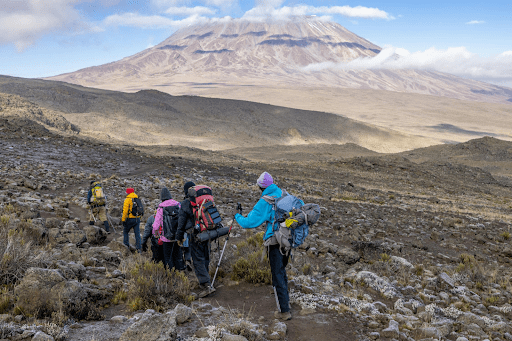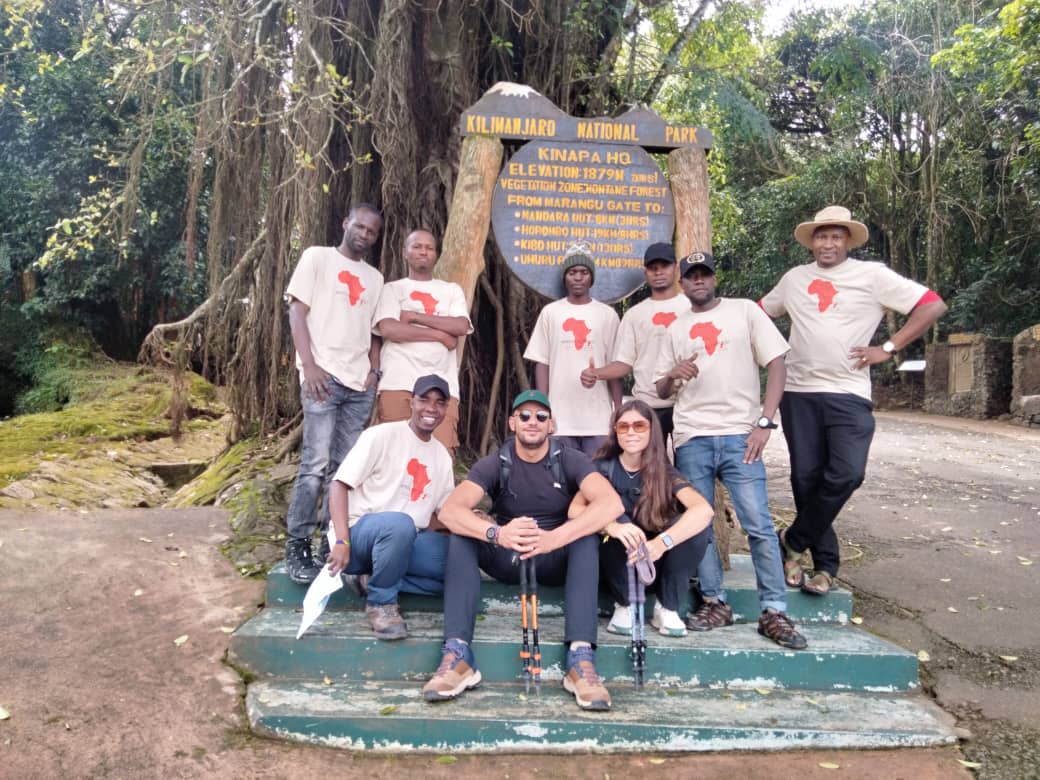Kilimanjaro, majestic and iconic, is the highest peak in Africa. Its climb is both a physical and mental challenge but is accessible to anyone in good physical condition and with determination. Beyond ropes and crampons, success lies in proper preparation and maintaining a steady pace. This step-by-step guide will give you all the keys to conquer the roof of Africa and experience an unforgettable adventure.

Different Climbing Routes
There are several routes to reach the summit. Choosing the right route is crucial as it affects duration, success rate, and the beauty of the landscapes.
- Marangu: Nicknamed the "Coca-Cola Route," it is the oldest and most popular route. It is less physically demanding but has a lower success rate due to poor acclimatization.
- Machame: Known as the "Whisky Route," it is the most spectacular and popular route. The path is more difficult but offers better acclimatization and a higher success rate.
- Lemosho: A longer route, but the most scenic. It is ideal for those who want to take their time, with an excellent success rate.
Best Time to Go
The best time to attempt the climb is during the dry seasons. There are two:
- January to March: This is the optimal period. The weather is cool, skies are clear, and there is little rain.
- June to October: The weather is also dry, but temperatures can be lower. August is very busy.

Physical Preparation and Equipment
Climbing Kilimanjaro is not an ordinary hike. Good physical fitness is essential. It is recommended to train with long hikes and at altitude. Also, consider the equipment. Our survival packing guide can give you ideas, but for Kilimanjaro, you will need additional specific gear (hiking boots, trekking poles, technical clothing).
Understanding Acclimatization: The Key to Success
Acclimatization is the key to success. Most failures are due to altitude sickness (AMS), not lack of physical fitness. It is therefore crucial to choose a route that allows you time to get used to the altitude. The famous motto "Pole pole" (slowly, slowly in Swahili) sums up the approach: walk at a slow and steady pace so your body can adapt.


